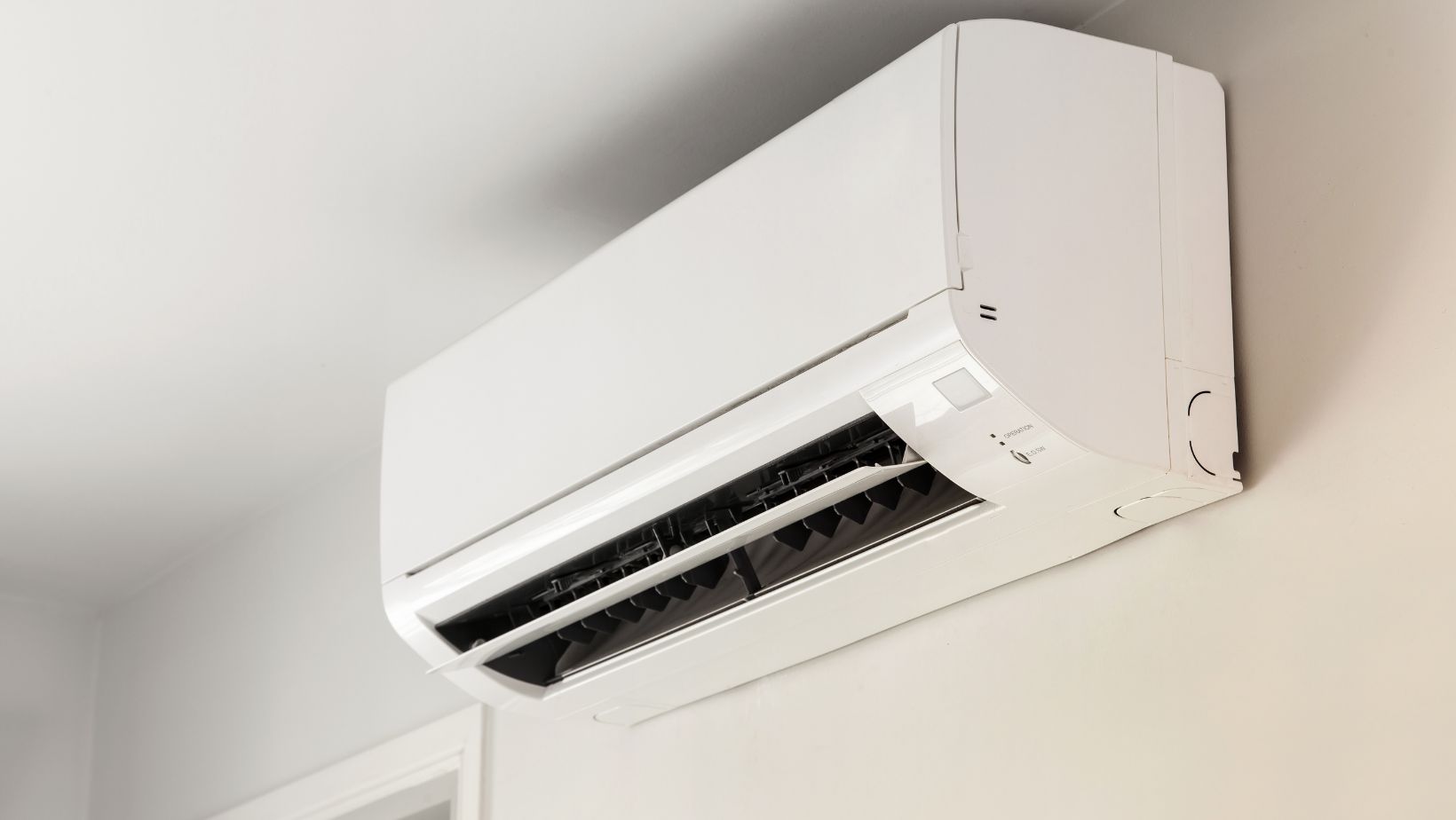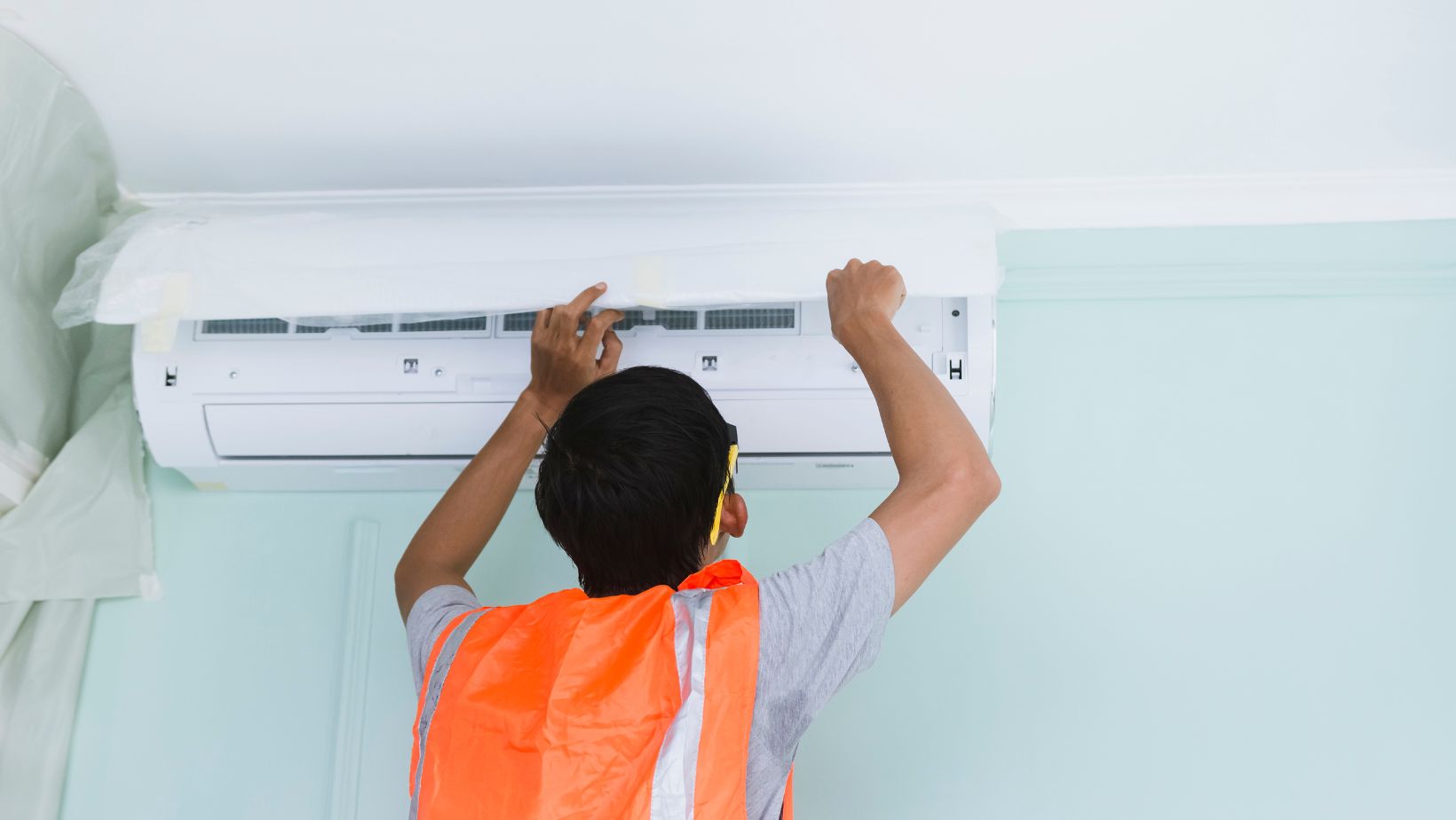
Maintaining your air conditioner is not just a seasonal chore—it’s a necessary investment in the comfort and efficiency of your home. As temperatures soar during the hot summer months, your AC system becomes a critical ally in creating a cool indoor retreat. However, without regular attention, even the best units can lose their effectiveness and could break down when you need them most. By adopting a routine of preventive care, you’ll extend your system’s lifespan, minimize uncomfortable interruptions, and keep those dreaded energy bills much lower. If you reach a point where professional attention is required, HVAC repair Tucson, AZ, stands as a trustworthy option for ensuring your unit receives optimal care from experienced experts. Proactive AC maintenance means more reliable performance, a healthier indoor climate, and a financially sound approach to homeownership.
Clean or Replace Air Filters
Among all the maintenance tasks that keep your air conditioner running at peak performance, none are simpler or more crucial than keeping the air filters clean. Filters trap dust, pollen, pet dander, and other airborne particles, preventing them from circulating through your living spaces. Over time, these filters can become clogged, causing your AC system to work harder to push cool air through the blockages, which results in higher energy usage and puts extra strain on critical mechanical components. Neglecting this step can drastically reduce your system’s efficiency and may even lead to expensive repairs or premature failure. Ideally, filters should be inspected monthly, particularly if your household includes pets, smokers, or individuals with allergies. Most common filters are easy to remove; disposable ones should be replaced, while reusable varieties can be rinsed with water and allowed to dry before reinsertion. Not only will clean filters extend the life of your AC, but they’ll also ensure the air quality in your home remains fresh and healthy, greatly benefiting everyone under your roof.
Inspect and Clean Coils
The coils inside your AC system—primarily the evaporator coil indoors and the condenser coil outside—are responsible for transferring heat in and out of your home. As time passes, dirt, dust, and grime can accumulate on these coils, dramatically reducing their ability to absorb and release heat efficiently. This buildup means your unit will have to run much longer cycles to maintain the set temperature, which not only increases utility bills but also accelerates wear and tear on the entire mechanism. That’s why it’s essential to inspect these coils at least once a year, preferably in the spring, before high cooling demand begins. For outdoor units, use a gentle stream of water from a garden hose to wash away dirt, taking care not to bend the delicate aluminum fins. For even more effective cleaning, consider investing in a fine comb or consulting a professional technician who can access and clean hard-to-reach areas. According to The Spruce, regular coil maintenance not only helps your unit run more efficiently but can also extend its overall lifespan. Don’t forget to regularly clear away yard debris, such as leaves, grass clippings, and twigs, which can easily collect around the outdoor unit and further block airflow. These simple cleaning efforts add up to significant improvements in system efficiency and reliability.
Check Thermostat Settings
The thermostat is essentially the brain of your home’s cooling system, dictating how often and for how long your AC needs to operate. Setting your thermostat at the most effective temperature can yield significant savings over time. Guidelines from the U.S. Department of Energy suggest setting your thermostat to 78°F (26°C) while you are at home and awake in summer, and raising it several degrees when you are away or sleeping. This approach ensures your system isn’t working harder than necessary when comfort demands are low. Programmable and smart thermostats offer even more flexibility by allowing homeowners to pre-set schedules that automatically adjust temperatures for different times and days. Not only does this save energy without sacrificing comfort, but it also reduces the likelihood of forgetting to change settings when leaving home or going to bed, providing peace of mind and tangible savings.
Clear the Area Around the Unit
Your AC system’s outdoor condenser unit requires ample space to operate effectively. Obstruction from shrubs, trees, fencing, or even loose objects like toys and garden tools can severely impede the unit’s ability to expel heat efficiently. This lack of airflow causes the system to overheat and work harder, resulting in decreased efficiency, higher energy bills, and potentially system failure. Make it a routine to walk around the outside unit at least monthly and after significant weather events, trimming back any vegetation to leave at least two feet of clear space on all sides. Remove fallen branches, weeds, and debris from the vicinity. Not only will this maintenance step protect your investment, but you’ll also be minimizing the risk of emergency shutdowns when you need cooling the most, ensuring steady, uninterrupted comfort for your household.
Inspect Ductwork
The network of ducts hidden throughout your home is crucial for efficiently distributing cool air. However, aging ducts can develop leaks, poor connections, or missing insulation, allowing precious cooled air to escape into wall cavities or unconditioned spaces, such as attics and basements. Leaky ducts cause your air conditioner to run longer to reach the desired temperature, resulting in uneven cooling, stubborn hot spots in certain rooms, and increased utility costs. Regularly inspect exposed ductwork for visible cracks, disconnected joints, or gaps in insulation. Signs you might have a ductwork issue include unusually high energy bills or rooms that remain warm despite the system running consistently. Sealing small leaks with foil-backed tape or mastic sealant and adding insulation to bare ducts can dramatically improve efficiency. For hard-to-reach or extensive duct systems, professional duct inspection and sealing is a wise investment, ensuring every room benefits from your AC’s hard work.
Schedule Regular Maintenance
While regular DIY upkeep goes a long way, nothing replaces the value of annual professional maintenance for your air conditioner. Qualified HVAC technicians possess the necessary tools and expertise to inspect and calibrate each system component, ensuring optimal performance and reliability. During a routine visit, a technician will inspect electrical connections, lubricate moving parts, check refrigerant levels, clean the evaporator and condenser coils, inspect the condensate drain line, and test the overall system function. They can spot early warning signs of potential breakdowns and address them before they escalate into expensive repairs or emergencies. Annual maintenance is also often a stipulation for keeping your AC under warranty, offering added financial protection. Choosing a reputable provider like HVAC repair gives you confidence that your system is handled by experienced professionals who can keep it at peak performance, season after season.
Seal and Insulate
It’s not just your air conditioner that keeps you cool—your home’s envelope, including doors, windows, and attic spaces, plays a pivotal role in maintaining indoor comfort. Air leaks around window frames, door jambs, and attic entryways allow cooled air to escape outside and usher hot, humid air indoors, undermining the work of your AC. These leaks cause your system to cycle more frequently and for longer periods, unnecessarily increasing summer energy expenses. To combat this, regularly inspect your home for drafts. Simple techniques, such as applying weather stripping, caulk, or spray foam sealant to gaps and cracks around openings, can make a significant impact.

Additionally, ensuring your attic is adequately insulated helps protect against heat gain in the summer and heat loss in the winter, creating a more balanced indoor temperature year-round. Sealing and insulating your home are cost-effective upgrades that reduce energy waste, keep utility bills manageable, and make your home far more comfortable in every season.
Use a Programmable Thermostat
For maximum convenience and savings, consider upgrading to a programmable or smart thermostat. These advanced controls enable you to fine-tune your cooling schedule according to occupancy patterns and preferences. With a programmable thermostat, you can design a week’s worth of temperature adjustments—cooler during occupied and busy hours, and warmer when the house is empty or at night. Modern programmable thermostats often include features such as app-based remote access and learning capabilities, which automatically adjust to your preferences and make energy-saving adjustments. Some models can even provide energy consumption reports, helping you identify further savings opportunities. By ensuring your AC only operates when truly needed, you’ll consistently trim your utility costs while preventing the wear and tear associated with overuse.
Conclusion
Keeping your air conditioner in peak condition is one of the most effective ways to ensure year-round comfort, lower energy bills, and a longer system life. From simple habits like changing air filters and clearing debris to more involved tasks such as inspecting ductwork and scheduling professional maintenance, each step plays a crucial role in how well your system performs. When combined with smart upgrades like programmable thermostats and home sealing, these efforts create a more efficient, comfortable, and cost-effective living environment. Ultimately, a well-maintained AC isn’t just about staying cool—it’s about preserving the value and comfort of your home for seasons to come.























